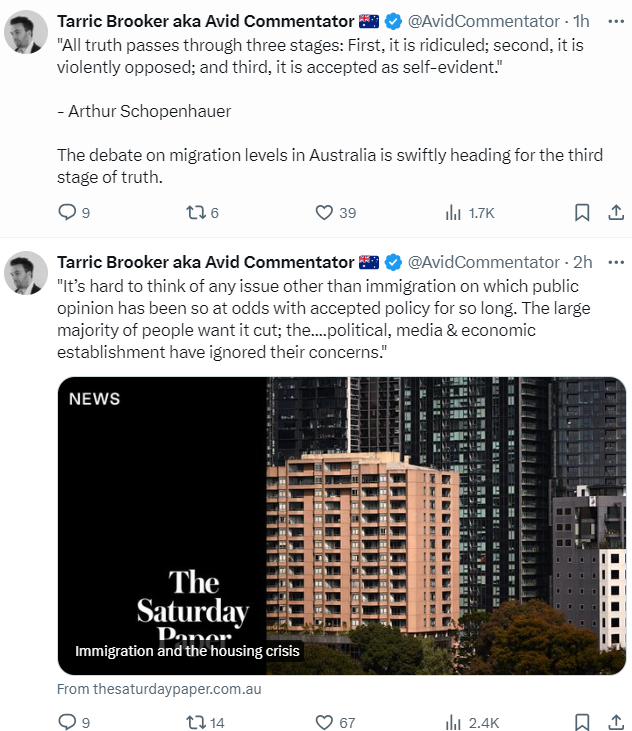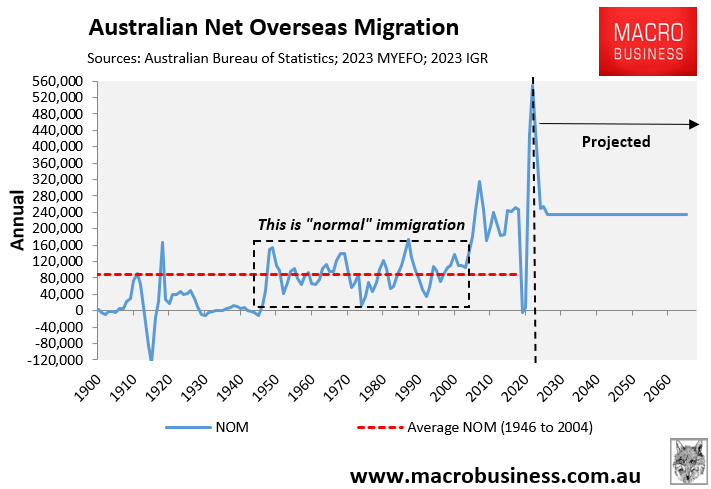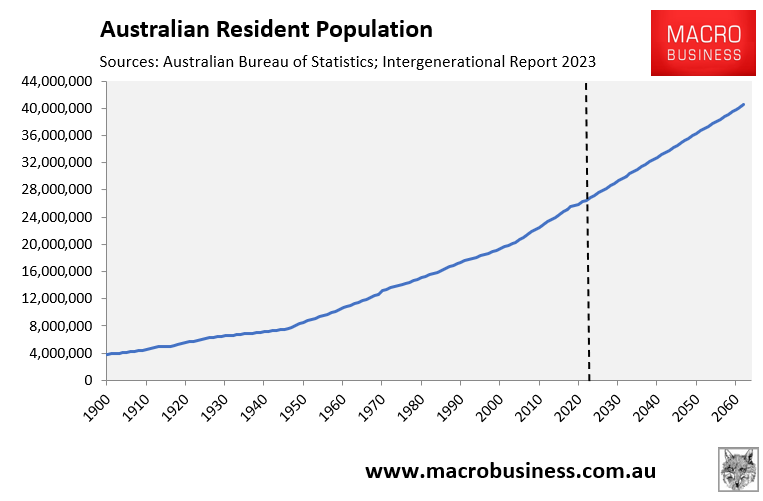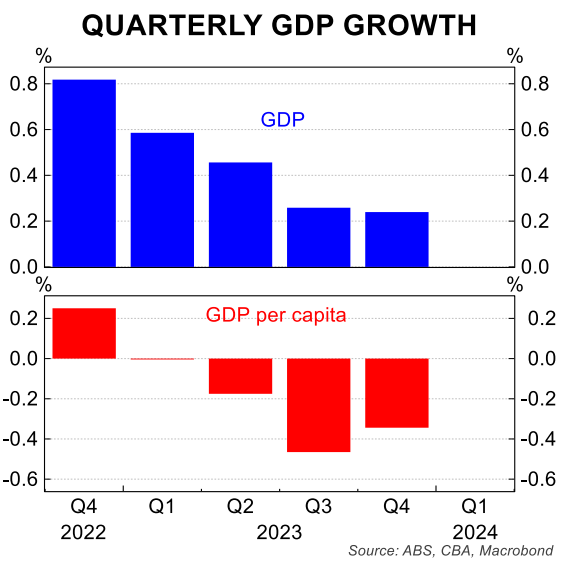With Queensland experiencing its worst housing crisis in living memory and tent cities forming across Brisbane, Premier Steven Miles has taken direct aim at the Albanese government, urging it to cut the number of migrants it accepts so his state can better tackle the housing crisis.
Queensland’s population grew by 2.7% in the year to September, with the state projected to welcome an additional 1.8 million people within a decade under planned immigration settings.
“If migration continues at current levels we’ll need tens of thousands more homes every year than industry can build”, Premier Steven Miles said.
“That’s a big part of why prices and rents have risen so rapidly.”
“The Federal Government needs to assist us to ensure infrastructure keeps pace with population growth. We urge them to consider moderating migration levels to assist with population growth”.
“We need to have a sensible conversation about migration, and about the amount of funding the Commonwealth can and must deliver to meet the needs of a growing population”, Queensland housing minister Meaghan Scanlon added.
“We need this because we want to make sure there is a home for everyone”.
The Queensland government’s comments follow those of Brisbane Lord Mayor Adrian Schrinner, who last month called for the Albanese government “to regain control of our immigration system”.
I have campaigned for lower immigration for a decade and have been called every name under the sun by pro-immigration shills: racist, xenophobic, a right wing nutjob, the looney fringe, you name it.
Now everyone seems to be falling into line.

Tuesday’s federal budget promised to lower net overseas migration (NOM) to 260,000 in 2024-25. But even this level is 40,000 above the 220,000 NOM recorded in the 15 years of “Big Australia” pre-pandemic.

The NOM levels projected in the latest Intergenerational Report would see Australia’s population swell to 40.5 million people by 2062-63, which is a 13.5 million population increase on the current level:

This level of population increase is the equivalent of adding another Sydney, Melbourne, and Brisbane worth of population in only 39 years.
Such a massive population increase would necessitate massive expenditure on new infrastructure and housing; otherwise, the economy, productivity, and living standards would become crush-loaded.
Really, NOM should be reduced to pre-2005 historical levels of around 120,000 a year. This would ensure that housing and infrastructure keep pace with the growing population. It would also safeguard the natural environment (including water supplies).

Sadly, the Australian Treasury and federal government would never support sustainable, historical levels of NOM because it collects 80% of the nation’s tax revenue and receives the benefits of immigration via increased personal and company taxes.
The federal government also likes strong immigration because it makes it harder for Australia to record a technical recession, even when per capita GDP growth slides backwards.

Meanwhile, the costs of excessive immigration fall on the state and local governments, as well as incumbent residents, via degraded and more expensive housing and infrastructure and a trashed environment.
However, none of that worries the unrepresentative swill that makes up the federal parliament.

